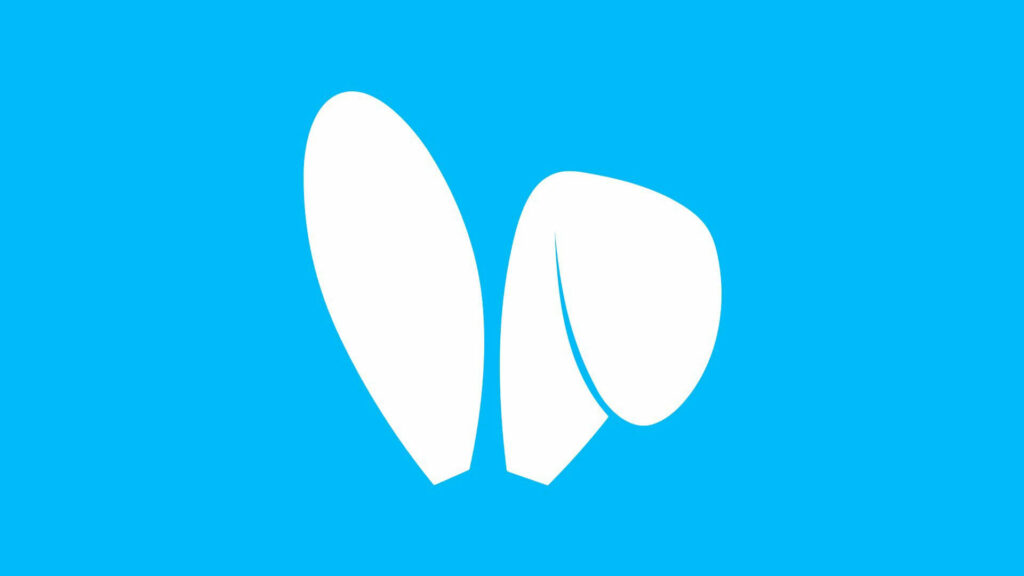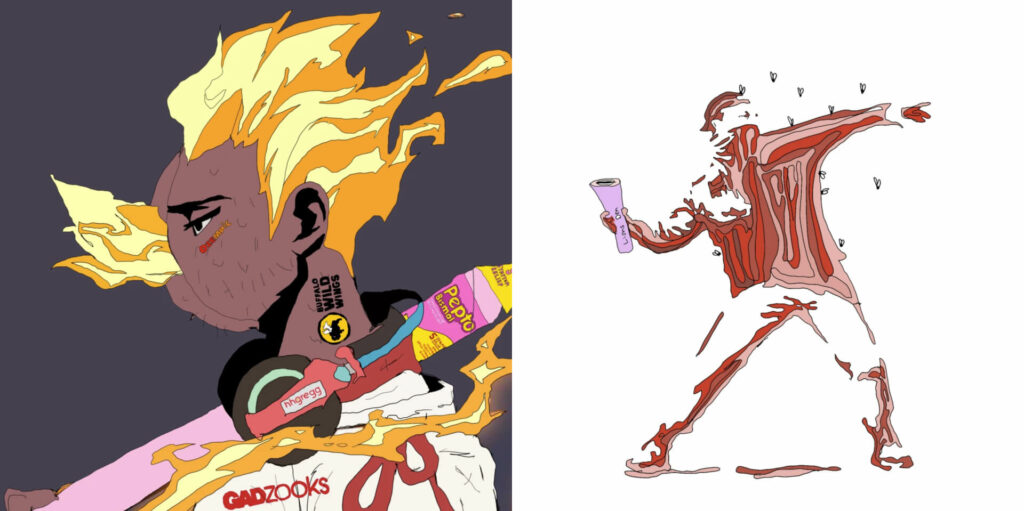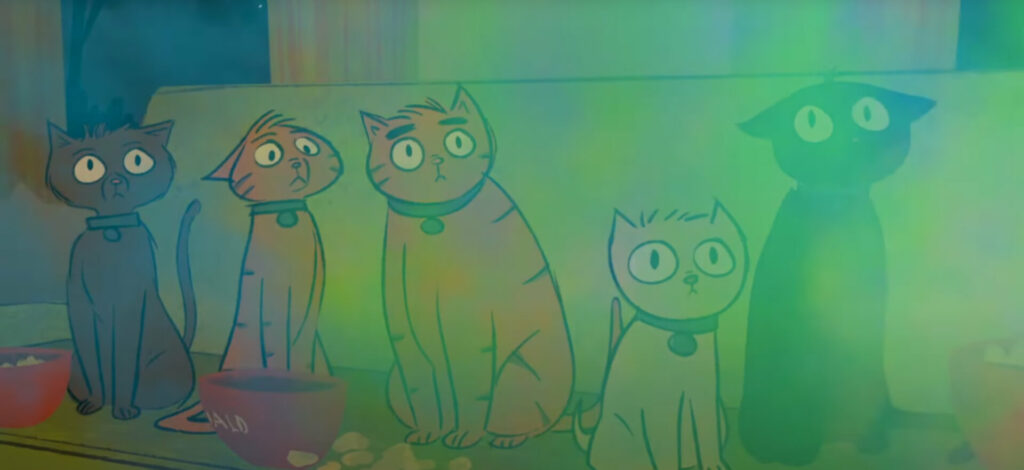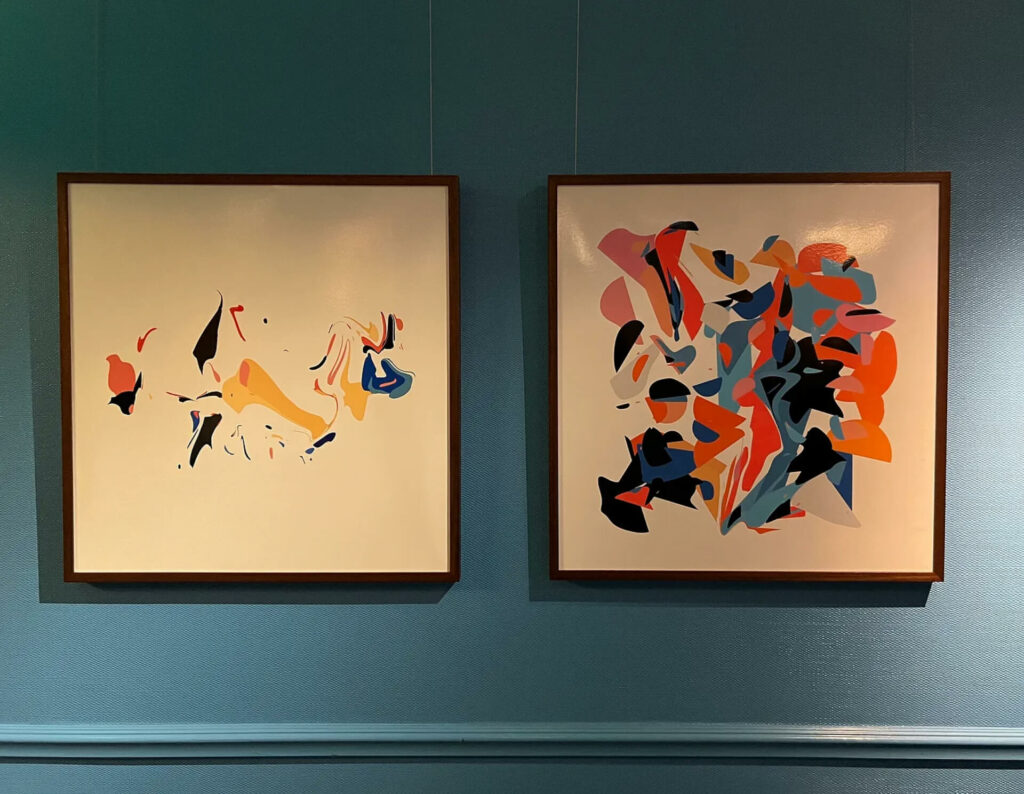100 Proof is your weekly tech variety show and today’s topics included:
- Friend Tech
- Died with the Most Likes’ latest drop relating to Friend Tech
- William Bond’s new drop (which sparked some controversy)
- Nouns DAO fork developments covered by Sam on The Daily Show
- SEC action against Stoner Cats resulting in a settlement
- and special guest Lars Wander discussing his art projects.
Sidenote: This show was also live streamed through Moniverse where we created an immersive 3D world for you to explore as Moonbirds! For the tech crowd: It’s built in Unity, so it will be interesting to it will work with the upcoming Apple Vision. I’m excited to see what happens when these technologies mix.
Exploring Friendtech: Risks and Rewards
FriendTech has been gaining popularity lately. It’s almost like NFTs of yourself but they’re called keys instead. Initially popular with crypto enthusiasts and DeFi supporters on Crypto Twitter, its creators have since expanded to other sectors. We’ve seen musicians and YouTube stars joining in too. This new space seems exciting for many people as something fun to do.

If you zoom out, the special access you get by buying a key from a certain person is nothing else than a Twitter or Patreon subscription where you can pay a monthly fee for access to private content. The problem arises when buying and selling happens based on bonding curves leading some people paying thousands just for access while others speculate on their investments.
Web3 already faces reputational issues due to scams or hacks making everyday people wary about blockchain technology usage. Furthering such narratives could push more individuals away from embracing Web 3 technologies moving forward.
Another issue is the incentive structure driving rapid growth before product readiness is achieved leading prices higher & causing FOMO effect among users like Steve Aoki who made 24ETH within 24 hours creating unsustainable hype around products not ready yet technologically wise.
Creators need to deliver and increase their share price, or people will get upset because they want to make money. If you don’t deliver as an NFT project creator, people may start selling the keys over time and getting annoyed at you for not posting the right content or engaging users This can create a toxic environment that might not be helpful to the ecosystem.
Playing around with new ideas isn’t bad; just don’t invest large amounts of money into them without understanding potential risks – especially when relying on third-party services like Twitter authentication that could suddenly disappear without backup options available.
Lastly, beware of fake accounts trying to impersonate others by creating identical profiles – always double-check before investing any funds based solely on online presence alone.
Die With Most Likes
Die With Most Likes had a Nifty Gateway art drop recently. What’s interesting is that it involves packs where you don’t know which one you’ll get. There were different rarities and chances to acquire various editions, but all of them were amazing.

The Proof team is a big fan of him, not only since his involvement in the latest Grails drop. Die With Most Likes stands out from the rest due to his unique style and social commentary, often related to objects we encounter daily like Snowfro’s Squiggles or Tyler Hobbs’ Fidenzas.
His latest drop raised less than $25k – quite modest compared to other drops recently seen in the market – showcasing humility from the artist themselves. At Glitch Gallery in Marfa next weekend, Transient Labs and Die With Most Likes have been given full control over Saturday night’s exhibition resulting in some very exciting plans ahead!
William Mapan
Generative artist William Mapan released a new drop called Distance. There were 250 pieces at two ETH each, and they’re stunning.

Kevin actually minted two of them, but sold one shortly after. Some people got upset because they think founders shouldn’t sell their own work, but as KEvin rightly points out, if I doesn’t love the art or its output, then why not sell it?
William Bond has four generative collections with market caps above $1 million: Strands of Solitude, Distance, Dragons, and Anti-Cyclone – proving his popularity among collectors who want to support his work.
SEC Scrutiny on NFT Projects
The SEC has been going after certain projects, classifying them as securities. Stoner Cats for example recently paid $1 million and agreed to destroy all their NFTs without admitting guilt.

This is a difficult situation because it makes us wonder if physical goods would receive this much scrutiny. Comic books like X-Men number one increases in value every time an X-Men movie comes out. Would Stoner Cats face such issues if they released 500 comics instead of digital assets?
If someone creates something popular which then trickles down value onto collectibles (like Star Wars toys), why should that be considered a security?
The digital aspect seems to make people view these things differently due to properties like being able to send and transfer them globally at any time. But selling an NFT shouldn’t be illegal if you use it as artwork or provide exclusive events for collectors who buy into your community — similarly buying a golf course membership. Building media awareness around said collection isn’t wrong either; however, making promises associated with objects can cause problems under security laws.
There were instances where Stoner Cats might’ve pushed boundaries by encouraging floor sweeping but overall, many feel that regulations should not hinder innovation in the NFT space. There is even growing dissent within the SEC about how these rules are being applied.
What we need now is more clarity on what can and cannot be done so creators can continue pushing new boundaries safely. Regulation by enforcement isn’t helpful; instead, clearer legislative guidance will allow innovators to operate confidently while following necessary rules.
Exploring Nouns DAO Governance
Nouns were created as a project with Gremplin and others. One new Noun is generated every day – there are endless outputs because of the generative components. Each day’s winning bid goes into the treasury. At 30+ ETH daily, they have accumulated an enormous amount of ETH over time. The treasury was used by the DAO for marketing initiatives to promote Nouns through videos, events, exhibitions and more.
Recently some people wanted to divide up the treasury instead of selling their Noun in the open market for a loss. A vote passed, and now half of the Nouns have elected to fork. This means they will receive 35 ETH per Noun from the treasury. The Nouns will go back to the treasury, and the ETH goes to the previous Noun holder.
This is an example of a DAO working as it should. Some people wanted something different, and they made it happen. People are getting what they want, whether it’s cashback or continuing with the project. There may be some corporate piracy involved, but overall, this shows the flexibility of DAOs and their ability to adapt based on community input.
Watch this video if you want to understand DAOs and Nouns in particular.
Aligning incentives in a DAO is tough when everyone has equal ownership and must reach consensus. As these DAOs grow, it’s challenging to manage disagreements. It’s good to see them pruning down and realigning their core.
Exploring AI Art with Lars Wander
Before becoming known in the digital art scene, Lars Wander worked at Google creating large-scale visualisations of their distributed systems for expert users within the company. This experience sparked his interest in making art that focused more on emotional qualities rather than being purely statistical or quantitative.

He started working with plotters, which are machines that are capable of drawing computer visualizations. They predate printers and even computer screens. One plotter-based project was exploring all possible ways seven items could be sorted using computers’ ability to enumerate systems based on rules. The output space is highly constrained but creates fascinating patterns like the ones featured in our Evolving Pixel show where there were only 19 unique outputs out of 5,040 possible combinations!

Lately Lars Wander has been experimenting with Discord bots and ChatGPT for generative storytelling. At first glance, this doesn’t sound overly creative, but once you give it more context, it becomes interesting.
He created 10 or 11 distinct bot personalities that are distinct from each other. For example, one is pretending to be a robot pretending to be human – quite funny! He then lets them talk to each other with the goal to generate memes.
Memes don’t only describe internet pictures with text but also ideas transmitted between people as coined by Richard Dawkins in the 1970s. Until now, humans were mainly responsible for transmitting these memes (ideas). However, we now have an intelligent text generation machine (ChatGPT) capable of creating its own ideas.
He set up the bots to talk for a few hours a day engaging in conversations on various topics. People could also chat with them and ask questions. As an artist, I’m interested in procedural systems, AI, and generative art. Lars makes clear, that he doesn’t have a grand plan at the moment, but simply enjoys exploring these intersections. One fun thing he wants to create is that the bots to start selling their own art and discuss their prices like we do in Web3.
This approach will likely become more popular as we start considering AIs as agents or entities on their own. To interact with Lars’ bots and explore his work, visit lars.computer and join the Discord.
Watch the full episode here:
